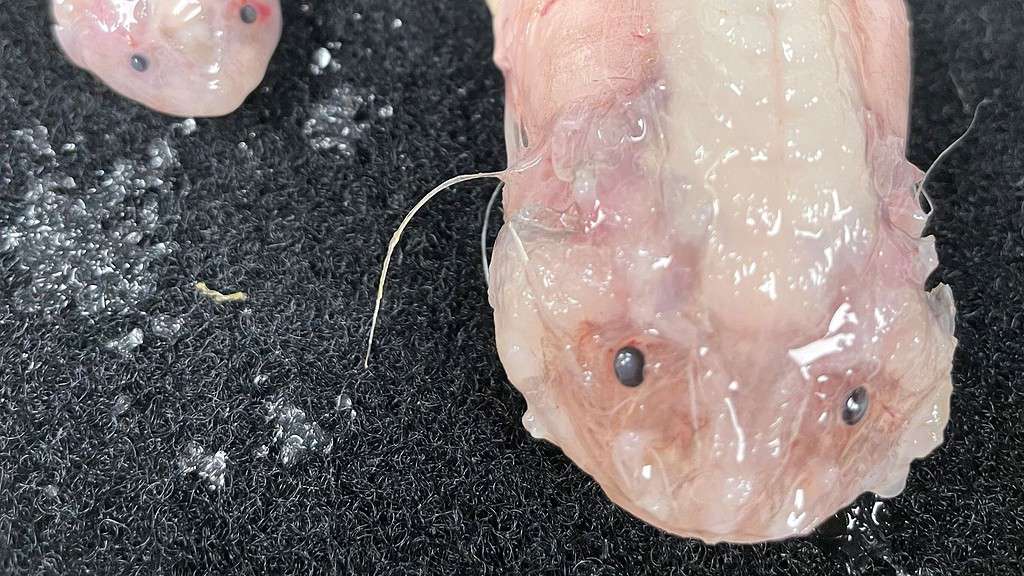Scientists from the University of Western Australia and Tokyo University of Marine Science and Technology have set a new record for the deepest fish ever recorded. Using unmanned submersibles and baited cameras, the team of researchers explored the Japan, Izu-Ogasawara and Ryukyu trenches as part of a decade-long study into the deepest fish populations in the world.
They were able to film a previously unknown species of snailfish belonging to the genus Pseudoliparis swimming at a depth of 8,336 meters (27,000 feet). In addition to filming the deepest snailfish, the scientists physically caught two other specimens of the species Pseudoliparis belyaevi from 8,022 meters, setting another record for the deepest catch.

About a decade ago, researchers had hypothesized that it wouldn’t be possible for fish to survive at depths greater than 8,200 to 8,400 meters. However, this might not necessarily be the case. In 2008, researchers were able to film a snailfish at 7,702 meters beneath the surface of the Pacific Ocean. Now, they were able to break that record.
“There is so much more to them than simply the depth, but the maximum depth they can survive is truly astonishing,” said Alan Jamieson, a professor from the University of Western Australia and the chief scientist of the expedition who found the fish, in a media statement. “We have spent over 15 years researching these deep snailfish.”
Looking into the deepest fish
The snailfish is a remarkable species, with over 400 known varieties that live in a wide range of habitats, from shallow waters to the darkness of the deep ocean. Studies have shown their genome has extra genes for enzymes that help stabilize its proteins and DNA under high pressure. At depths of 8,000 meters, the pressure is 800 times higher than at the ocean surface.
The team captured footage of a juvenile snailfish hovering alongside other crustaceans on the deep ocean seabed. It has small eyes, a translucent body, and lacks a swim bladder, which helps other fish float. While they couldn’t catch the fish to fully identify its species type, they were able to trap several fish higher up in the water column in the nearby Japan Trench. These were snailfish of a species called Pseudoliparis belyaevi.
“The Japanese trenches were incredible places to explore; they are so rich in life, even all the way at the bottom,” Professor Jamieson said in a statement. “There is so much more to them than simply the depth, but the maximum depth they can survive is truly astonishing.”
The team’s work sheds new light on the fascinating and diverse world of deep-sea snailfish and their adaptations for survival in some of the most extreme environments on the planet. Up next, they would like to keep exploring snailfishes and other animals living in the deep sea. However, they acknowledge that the costs of exploring the deep sea remain to be a big constraint.









